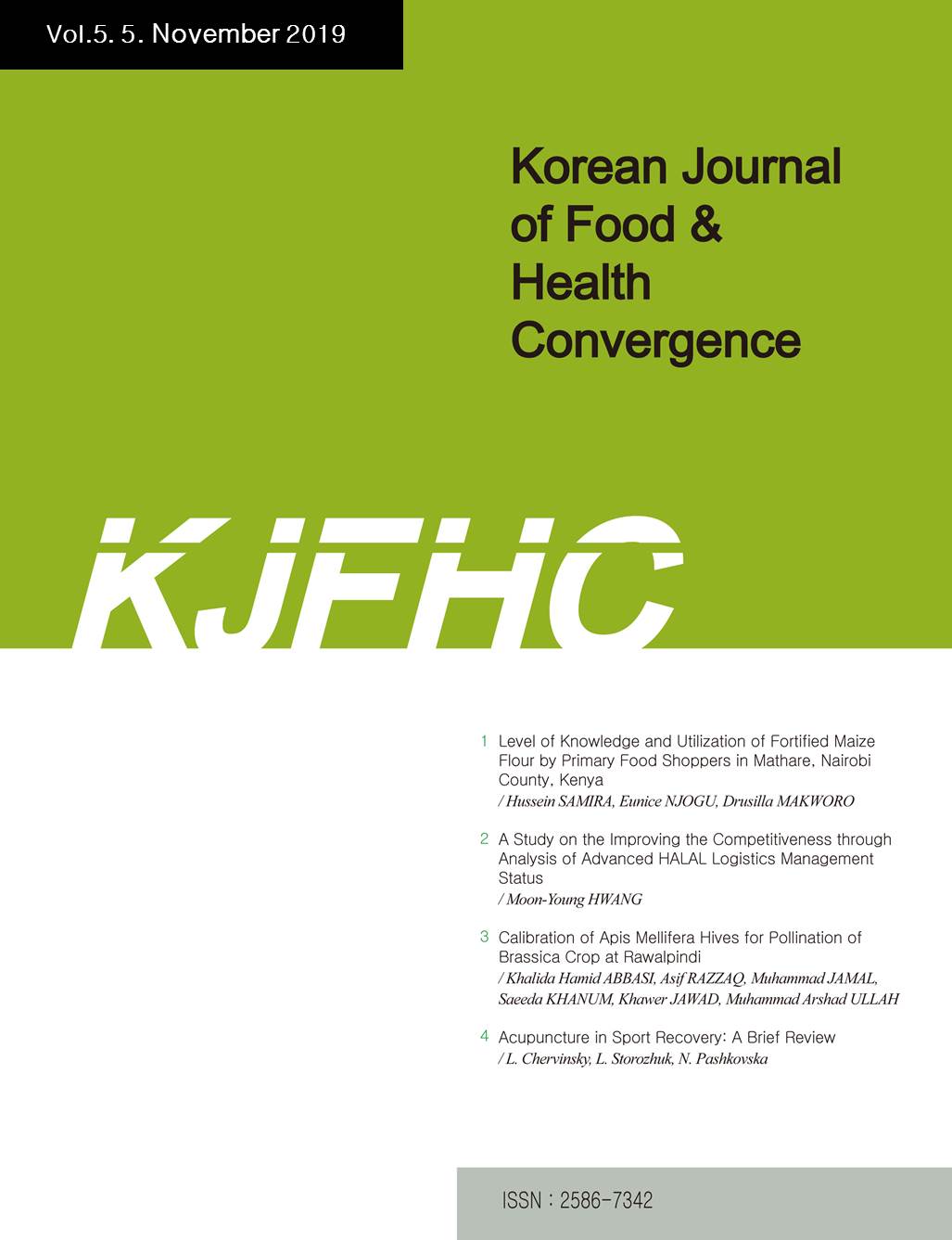 E-ISSN : 2586-7342
E-ISSN : 2586-7342
MEKKY, Hoda M.
FEDAWY, Hanaa S.
AMER, Aziza M.
ELBAYOUMI, Khalid M.
Abstract
Cellulitis in broiler chickens is one of the economically important problems that facing the broiler industry due to the presence of the lesion leads to condemnation of part of /or the entire carcasses. Broiler with cellulitis lesions showed lower body weight. Cellulitis was recorded on different body regions including the head, dorsum, thighs, breast, legs, and abdomen. Cellulitis results from the invasion of subcutaneous (s.c.) tissues by bacteria through disruption of skin integrity. Lesions revealed the existence of the characteristic s.c colored exudate varies from yellowish to green, which were either serosanguineous, fibrinous s.c exudate yellowish, greenish or suppurative. Many bacterial isolates including E. coli, Staphylococci, Clostridia, Aeromonas spp., Enterobacter spp., Proteus mirabilis, P. aeruginosa, and Streptococci were isolated from the lesion. Chickens exposed to immunosuppression proved to have a greater probability of developing cellulitis. The condition was experimentally induced by s.c inoculation of 25-day-old broiler chickens with E. coli, S. aureus and clostridia. Usually, bacterial isolates were multidrug-resistant. The usage of Bifidobacterium bifidum or antibiotic with avoiding immunosuppression can reduce lesion and condemnation rate resulted from cellulitis. The objective of this review is to collect different literature written about cellulitis to be available to students, researchers, and veterinarians in poultry practical.
- keywords
- Broiler, Cellulitis, Lesions, Signs, Bacterial Causes, Antibacterial Susceptibility, Prevention
- Downloaded
- Viewed
- 0KCI Citations
- 0WOS Citations
